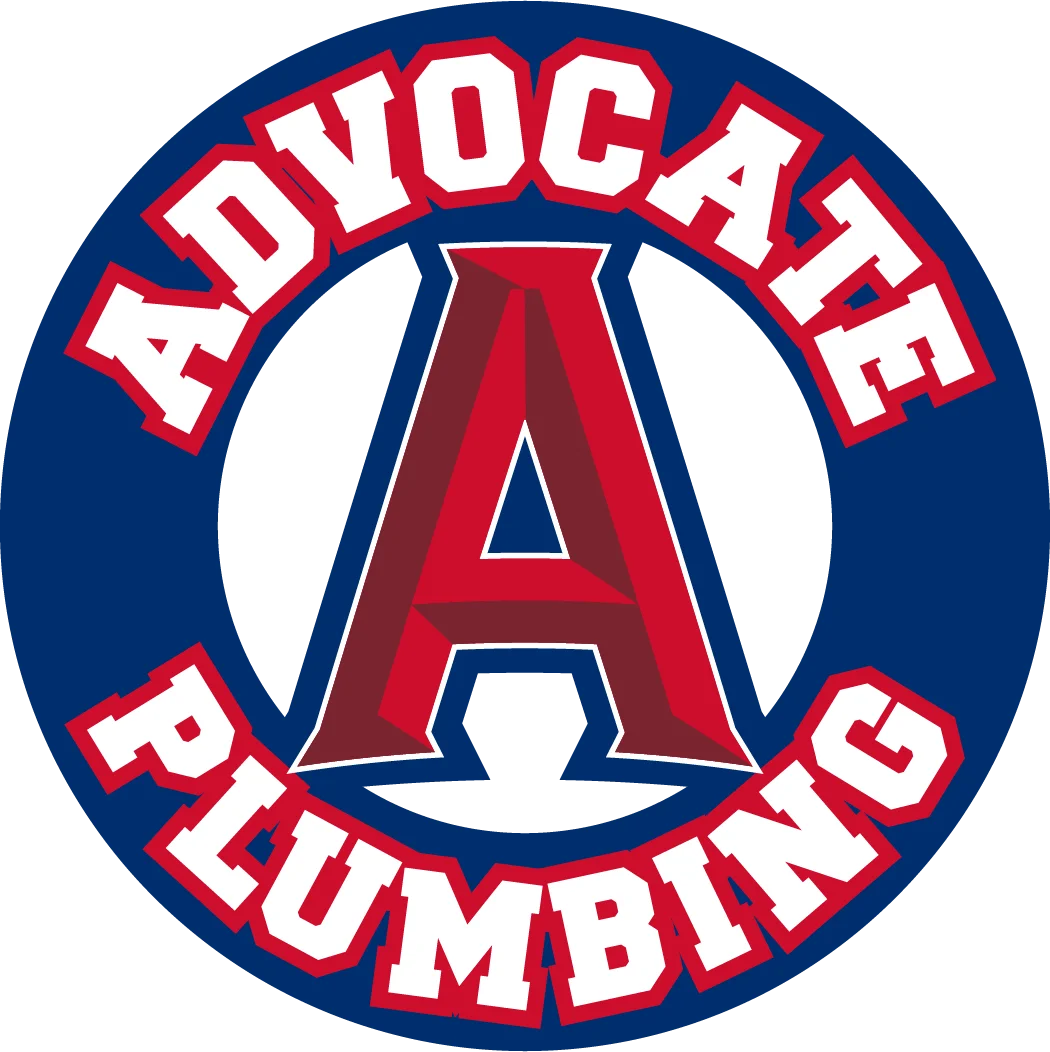Serving Hamilton County & Surrounding Areas
Understanding Your Home’s Plumbing System
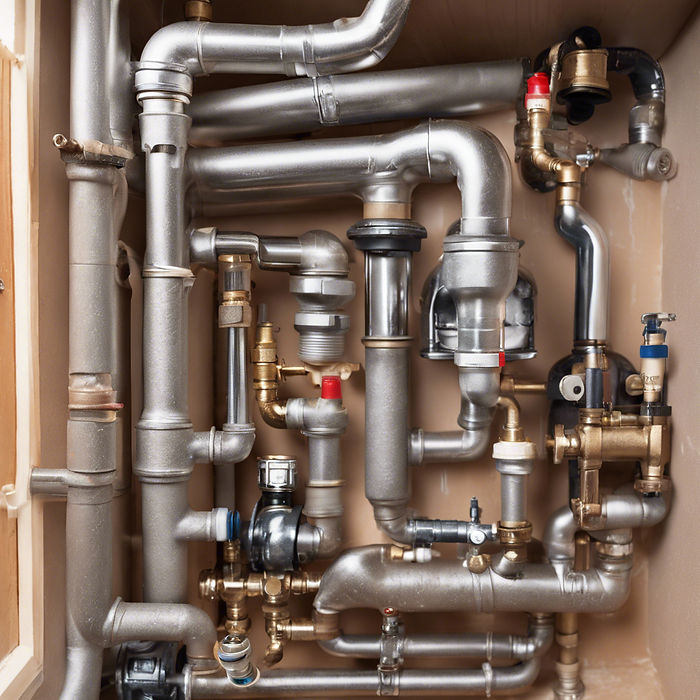
Your home’s plumbing system plays a crucial role in providing clean water and safely disposing of waste, but many homeowners don’t fully understand how it all works. Having a basic knowledge of your plumbing system can help you catch small issues before they turn into big problems, and it can even save you time and money when it comes to maintenance and repairs. In this blog, we’ll break down the key components of your home’s plumbing system and explain how it all works together to keep your home running smoothly.

1. The Water Supply System
The water supply system is responsible for delivering fresh water to your home. It’s connected to a municipal water supply or a private well, depending on where you live. This system consists of a network of pipes that bring clean water to your faucets, showers, toilets, and appliances.
• Main Water Line: Your home’s water supply begins with the main water line, which connects to either a municipal water source or a well. The water enters your home through this line and is then distributed throughout the house.
• Shutoff Valve: Every home has a main shutoff valve that controls the flow of water into the house. Knowing where this valve is located is crucial in case you ever need to stop the water quickly due to a leak or emergency.
• Hot and Cold Water Lines: Once inside your home, the water is divided into two lines – cold water and hot water. The cold water flows directly to your fixtures and appliances, while the hot water line is routed through your water heater.
2. The Drain-Waste-Vent (DWV) System
The drain-waste-vent (DWV) system is responsible for removing wastewater and sewage from your home. This system carries wastewater from your sinks, toilets, showers, and appliances out of your home and into the municipal sewer line or a septic system.
• Drainpipes: Every fixture in your home is connected to a drainpipe, which transports wastewater to the main sewer line. These pipes are usually made of PVC, ABS, or cast iron.
• Traps: Every sink and toilet has a U-shaped pipe called a trap. Traps hold a small amount of water, preventing sewer gases from entering your home. They also help catch debris to prevent clogs from forming in the pipes.
• Vent Pipes: Vent pipes are essential for maintaining the proper air pressure in your plumbing system, allowing wastewater to flow freely. Without vents, water would not drain properly, and foul odors could enter your home.
3. The Water Heater
Your water heater is responsible for heating the water that flows to your faucets, showers, and appliances. There are two main types of water heaters: traditional tank water heaters and tankless water heaters.
• Traditional Tank Water Heaters: These units store a large amount of hot water in a tank and heat it continuously so that it’s available when needed. The downside is that they can run out of hot water if the tank is emptied before it refills.
• Tankless Water Heaters: Tankless units heat water on demand, meaning you’ll never run out of hot water. They are more energy-efficient because they don’t have to maintain a tank of hot water all day, but they can be more expensive to install.
4. Common Plumbing Issues and Maintenance Tips
Understanding how your home’s plumbing system works can help you spot potential problems early. Here are a few common plumbing issues and tips for keeping your system in good working order:
• Leaky Faucets and Pipes: A leaky faucet or pipe can waste a lot of water over time. Regularly inspect your plumbing fixtures for leaks and address them promptly.
• Clogged Drains: Clogged drains are a common issue in many homes. Be mindful of what you put down your drains, and consider using drain strainers to catch debris.
• Low Water Pressure: If you notice a drop in water pressure, it could be due to a clogged pipe or an issue with your water supply. Regular maintenance and inspections can help prevent this.
• Water Heater Maintenance: Flush your water heater annually to remove sediment buildup, which can affect its efficiency and lifespan.
5. When to Call a Professional
While understanding your home’s plumbing system is helpful, some problems require the expertise of a professional plumber. If you’re dealing with frequent clogs, low water pressure, or a water heater that’s not working properly, it’s best to call in a pro to assess and fix the issue.
Conclusion
Knowing the basics of your home’s plumbing system can make a big difference in maintaining a healthy, efficient home. From the water supply system to the drain-waste-vent system, understanding how everything works together will help you spot potential problems early and make informed decisions about repairs and upgrades. And remember, when in doubt, Advocate Plumbing is here to help with all your plumbing needs. Whether you need a simple repair or a more complex installation, our team is ready to provide expert service and advice.
Recent Posts
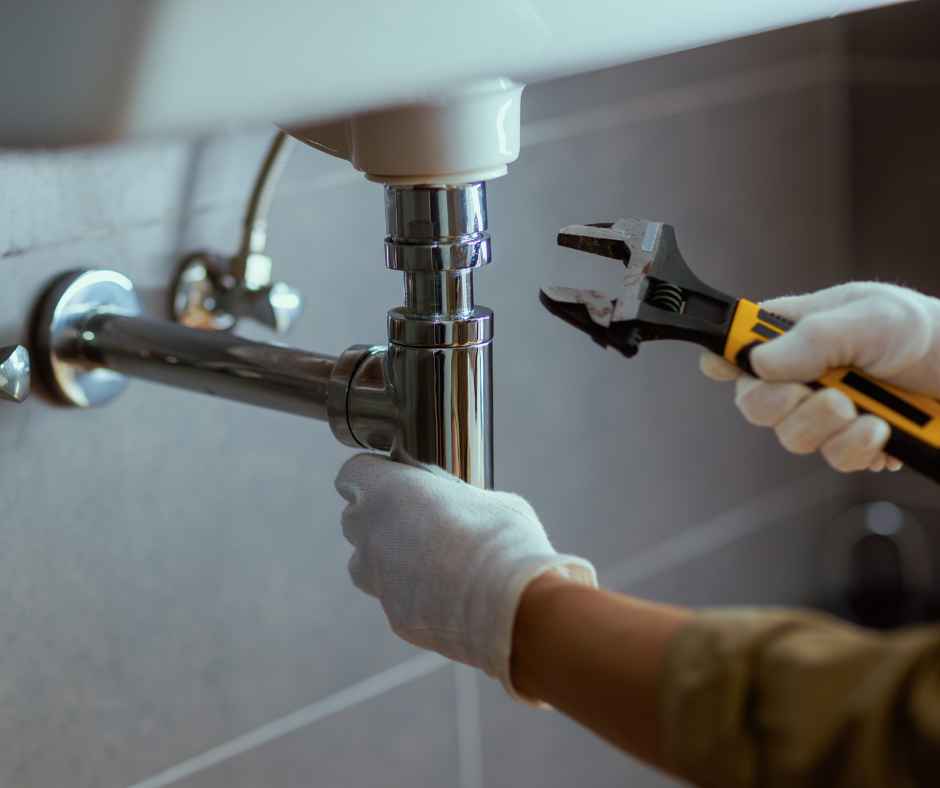
Why Hiring a Licensed Plumber Matters for Your Home’s Safety and Efficiency
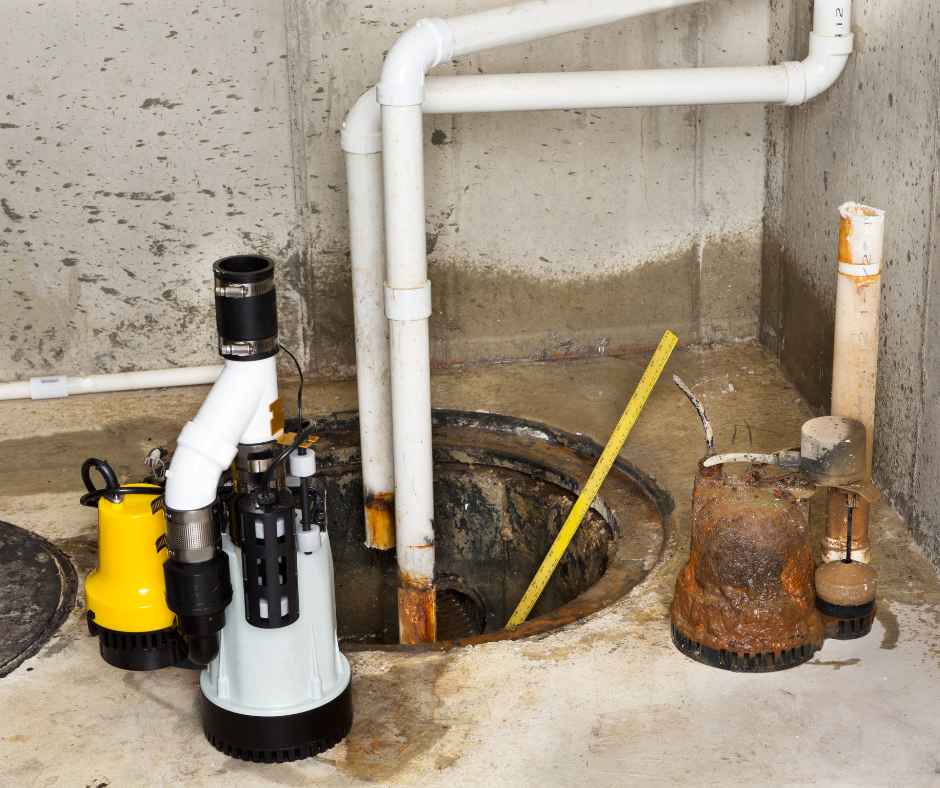
Why Your Sump Pump Needs Regular Maintenance and How to Do It
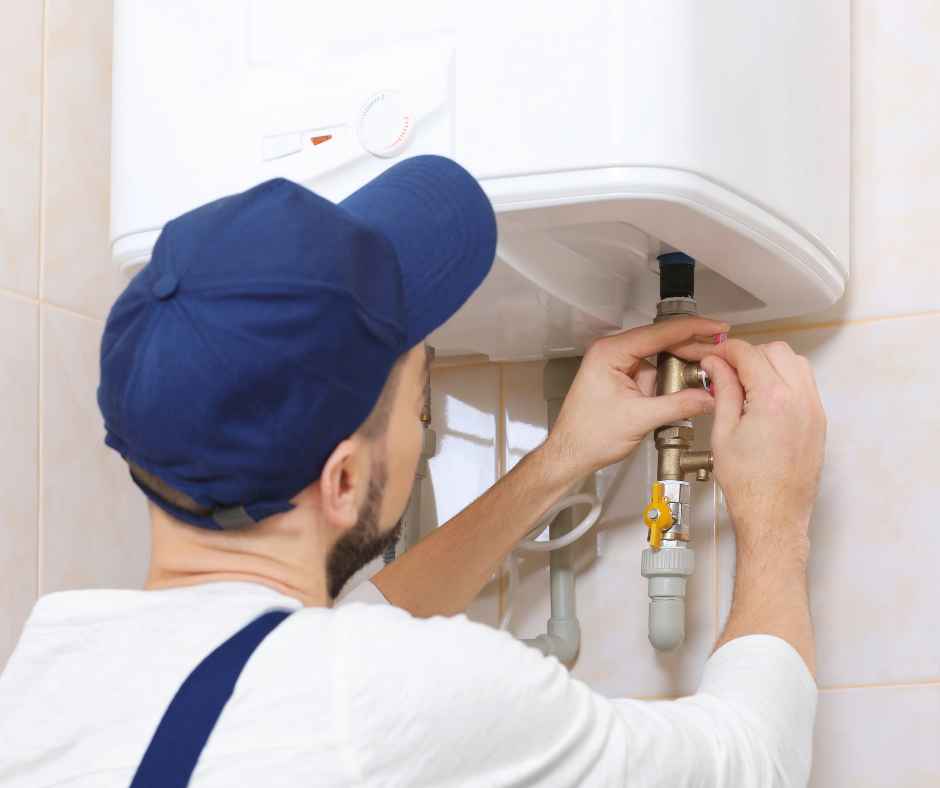
How to Choose the Right Water Heater for Your Home
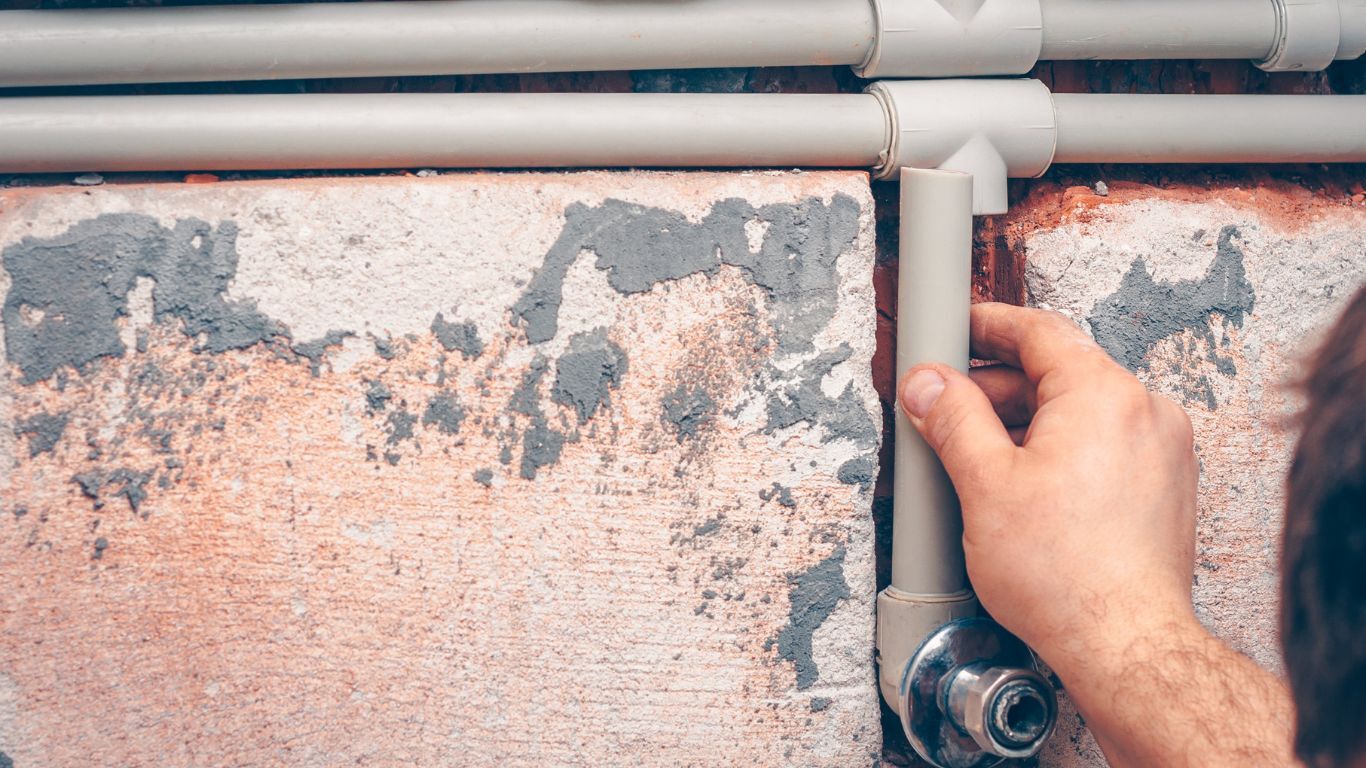
Preventive Plumbing Inspection Guide Every Homeowner Should Follow

Reverse Osmosis vs. Water Softener: Which Is Right for Your Home?
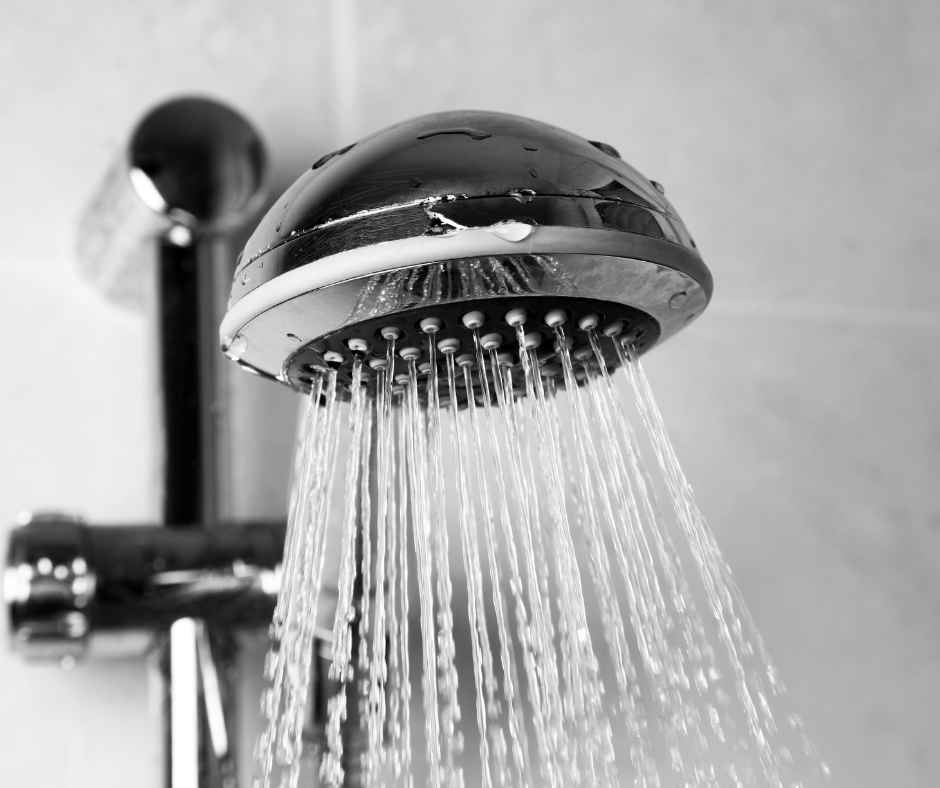
Seasonal Plumbing Maintenance Checklist for Hamilton County Residences
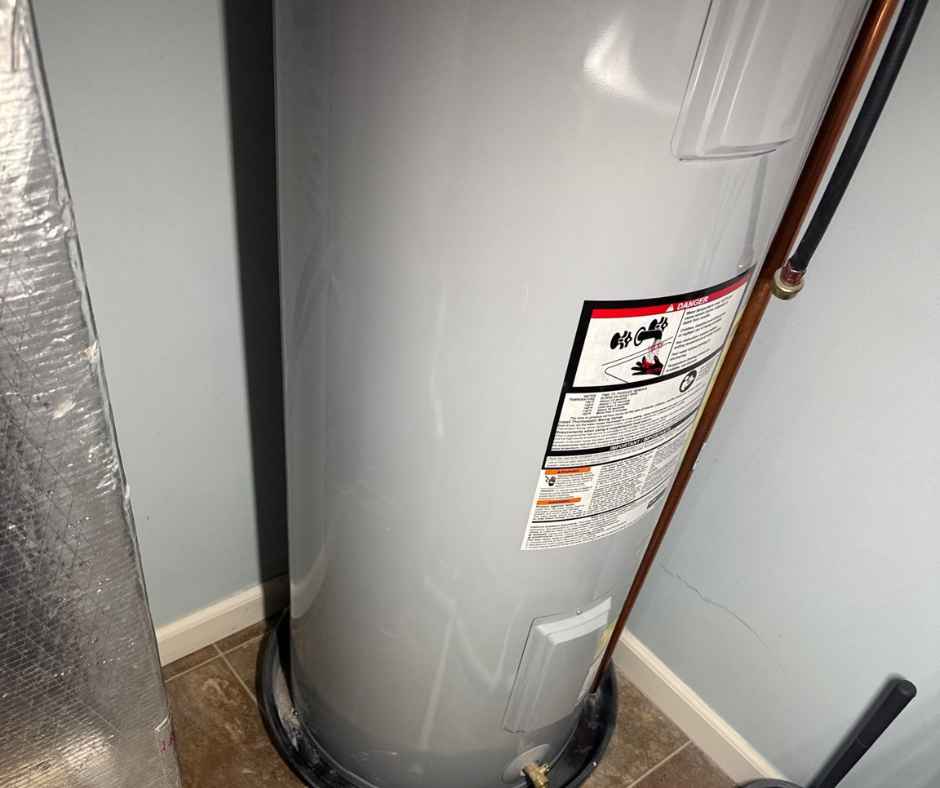
Why Is My Water Heater Beeping?
Get in Touch
